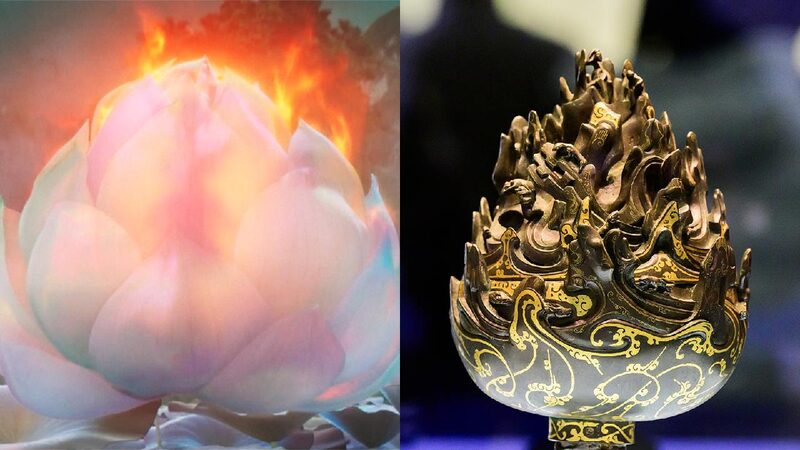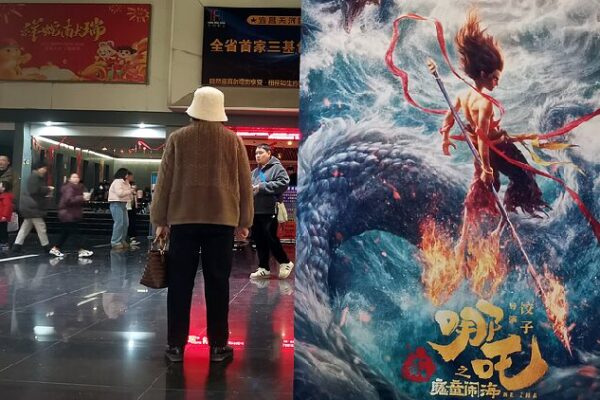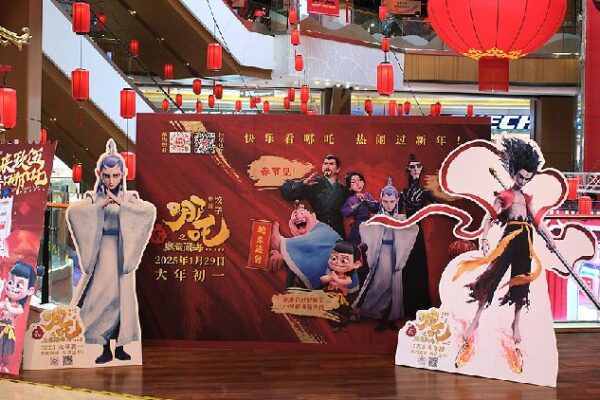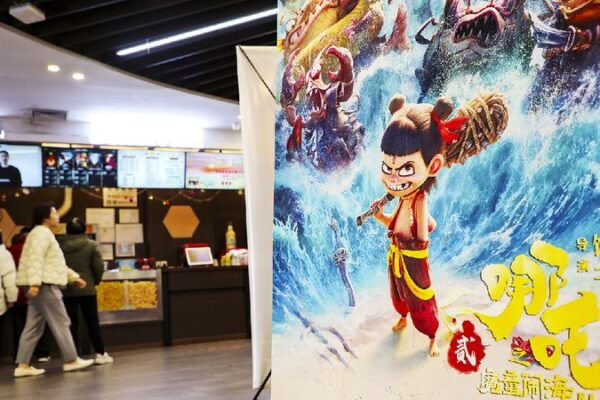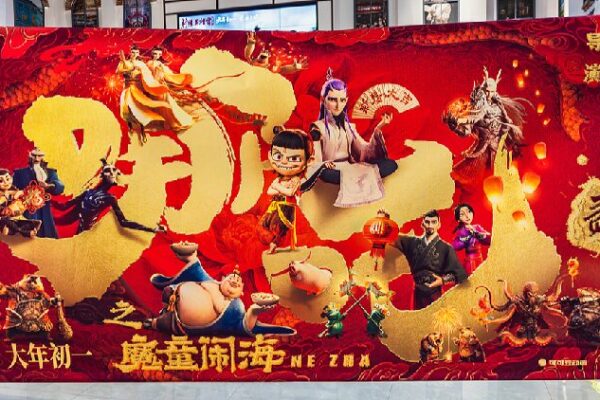As the Chinese animated blockbuster Ne Zha 2 continues to dominate the global box office in 2025, audiences are uncovering a treasure trove of hidden cultural relics woven into its storyline. Together with its 2019 prequel, the Ne Zha film series pays homage to China’s rich heritage by incorporating numerous historical elements.
The Seven-colored Lotus
One of the most powerful magical treasures in Ne Zha 2 is the Seven-colored Lotus, which enables Taiyi Zhenren to rebuild the bodies of Ne Zha and Ao Bing. This mystical artifact closely resembles the Boshan-style incense burners—ancient Chinese incense vessels shaped like mythical mountains. The gold-inlaid Boshan bronze incense burner from the Western Han Dynasty, housed in the Hebei Museum, has drawn renewed attention thanks to the film’s success.
The Barrier Beasts
Serving as both guardians of the magical barrier and sources of comic relief, the Barrier Beasts have amused audiences worldwide. Their designs bear a striking resemblance to artifacts unearthed at the Sanxingdui Ruins. The thick-browed beast, with its exaggerated eyebrows, mirrors a bronze head with a gold mask found in the Sanxingdui Museum. Meanwhile, the hook-nosed beast takes inspiration from the Sanxingdui bronze eagle-shaped bell, evident in its distinctive curled nose.
The Tianyuan Cauldron
The pivotal alchemy vessel in Ne Zha 2, the Tianyuan Cauldron, draws heavily from ancient Chinese bronzeware. The top of the cauldron is inspired by a Dragon-patterned Tripod from the late Shang Dynasty, while its main body resembles a bronze dui, a round food container used from the late Spring and Autumn period to the late Warring States period.
Additional cultural relic “Easter eggs” in the Ne Zha series include Chiwen—the mythical rooftop creatures of ancient Chinese architecture adorning the Yuxu Palace—and a wine vessel in the 2019 Ne Zha film inspired by a painted pottery jar from the Majiayao Culture, a late Neolithic culture from the upper reaches of the Yellow River, housed in the Gansu Museum.
By embedding these historical elements, the Ne Zha films offer audiences not just thrilling storytelling but also a deeper appreciation for China’s profound cultural heritage.
Reference(s):
cgtn.com
